Nature's workforce
9 animals with human professions in their names
Published on October 21, 2025
 Credit: ayush kumar
Credit: ayush kumar
We often compare animals to ourselves, sometimes to the point where we assign them actual human professions. From birds that sound like office workers to fish that double as surgeons, nature seems to be handing out CVs left and right. Here are some creatures whose names make it sound like they should be getting a paycheck.
Secretary bird
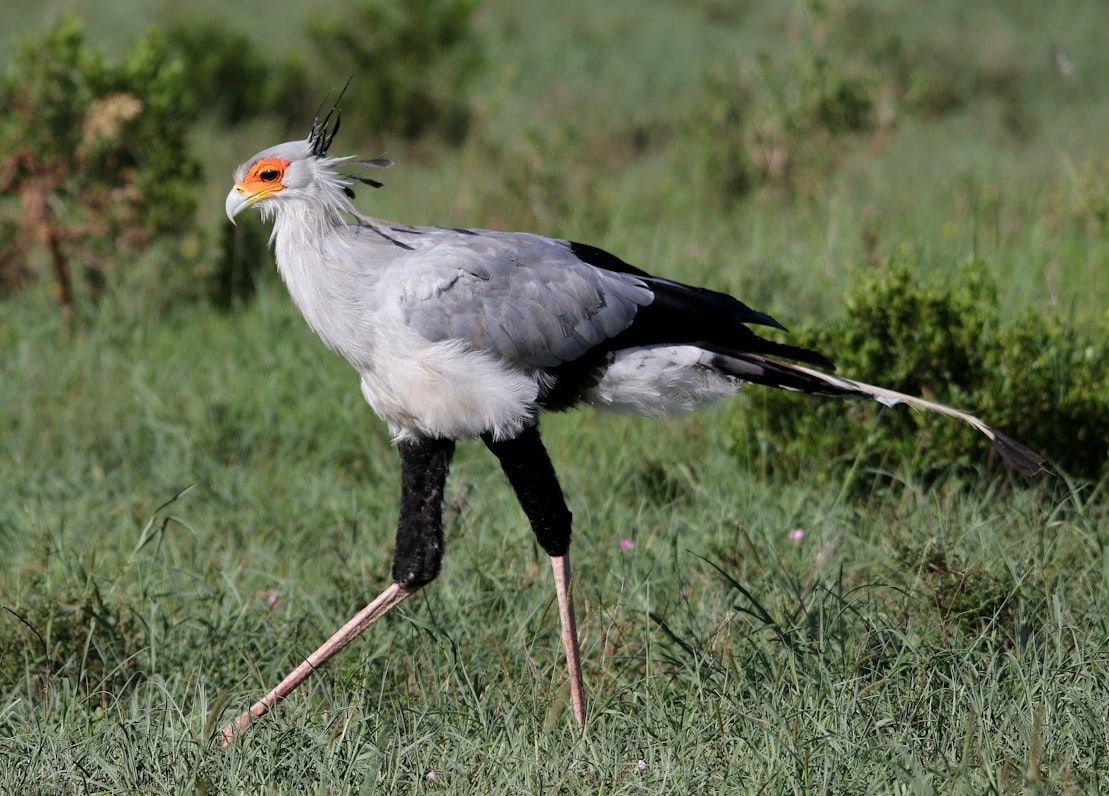 Credit: Elize Bezuidenhout
Credit: Elize Bezuidenhout
This tall African bird looks like it just left a board meeting: long legs, tidy feathers, and a quill-like crest behind its head. Its "secretary" title dates back to colonial observers who thought the feathers resembled pens tucked behind an accountant's ear. However, there's nothing bureaucratic about these birds: they are efficient predators that hunt venomous snakes with terrifying precision.
Carpenter bee
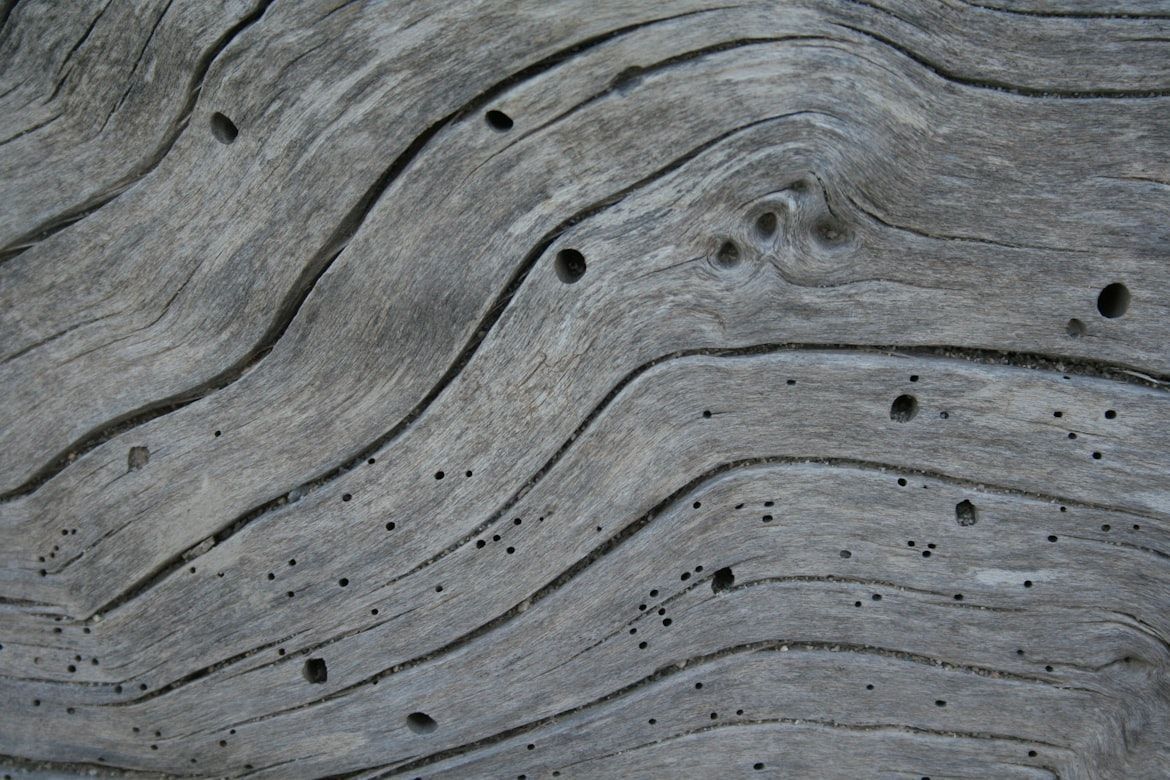 Credit: Paul Engel
Credit: Paul Engel
Without even bothering with wearing hard hats, these buzzing builders drill into wood with perfect, round precision to build their nests. Their name comes, of course, from their uncanny craftsmanship: they are dedicated workers who toil tirelessly for the benefit of their colony.
Army ant
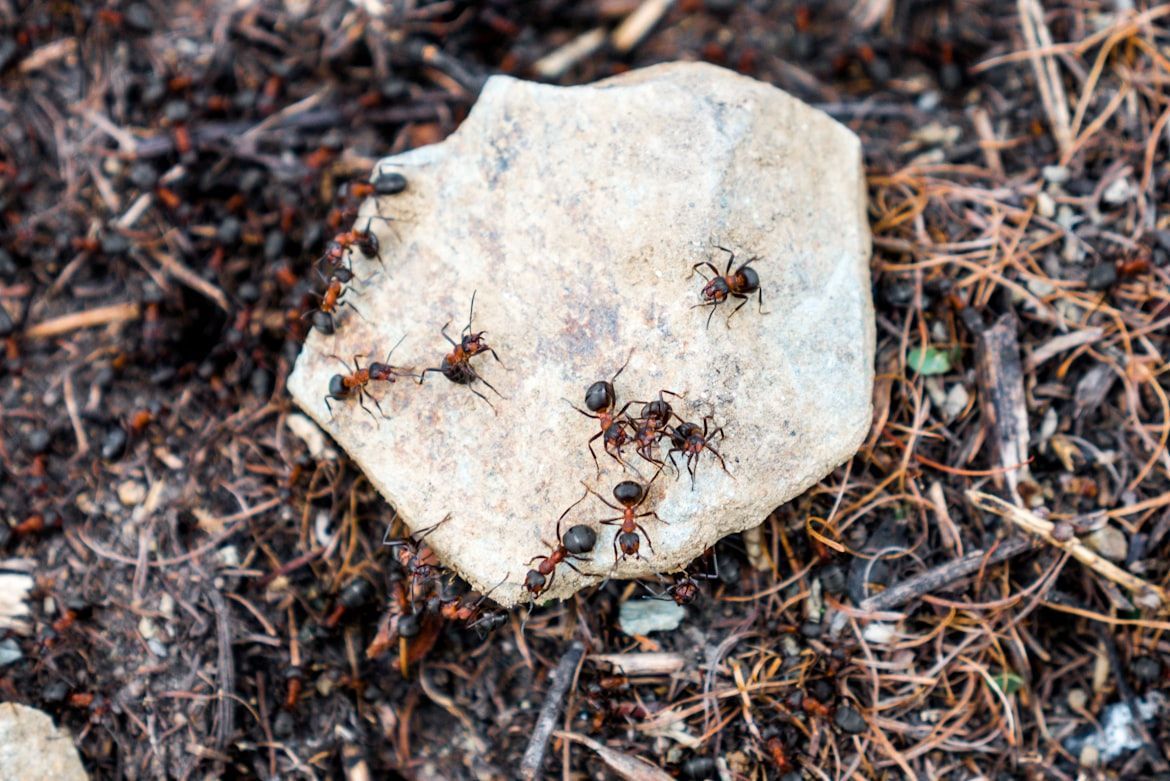 Credit: Bermix Studio
Credit: Bermix Studio
The common name "army ant" is applied to over 200 ant species that share a common characteristic: they form aggressive, predatory foraging groups that detect and overwhelm their prey at once. Among army ants, the members of the soldier caste are larger than the workers, with much bigger mandibles, tasked with protecting the colony and carrying the heaviest loads of prey back to it.
Nurse shark
 Credit: Ryan Geller
Credit: Ryan Geller
This species of shark doesn't owe its nickname to their looks or behavior, but simply to changes in spelling conventions. The Old English word husse or nusse was used to describe dogfish and other sharks. The word eventually mutated into nurse, and the name stuck. No funny stories about sharks wearing stethoscopes here.
Surgeonfish
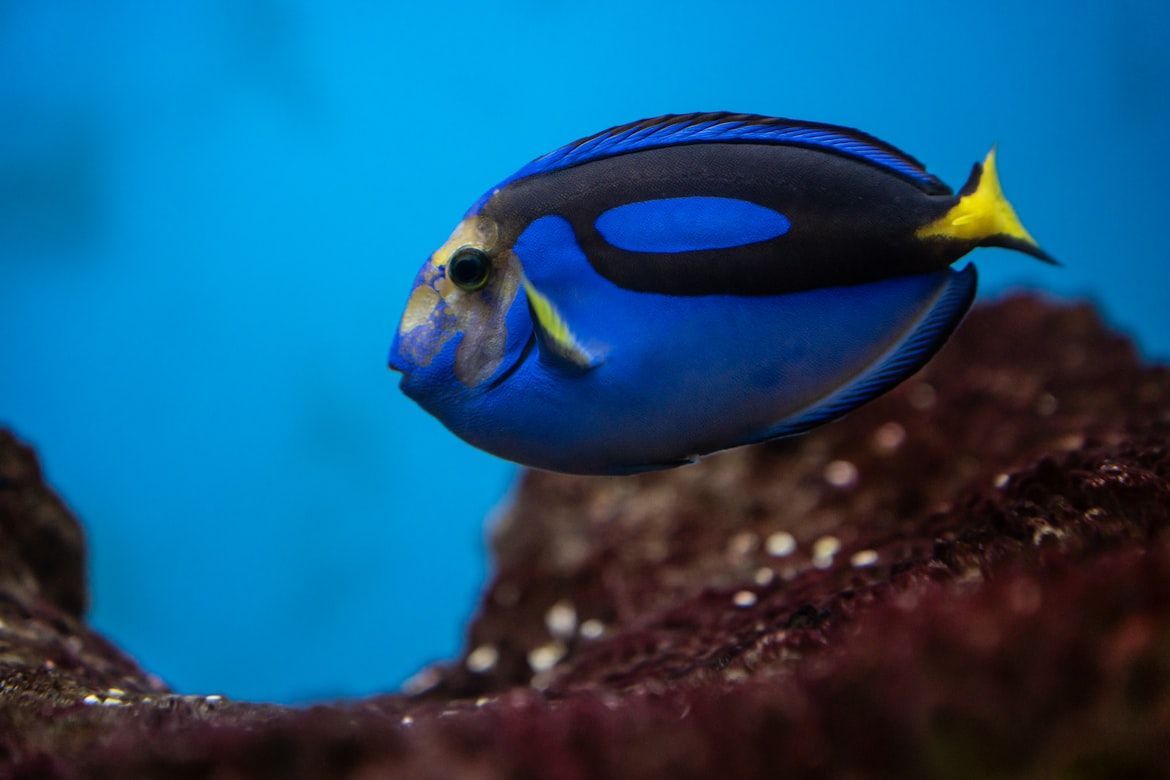 Credit: Stötzer Balázs
Credit: Stötzer Balázs
Another medically oriented fish, surgeonfish are named after the sharp, retractable spines near their tails that look like built-in scalpels. They use these razor-sharp spines to defend themselves from predators while grazing algae with surgical neatness in coral reefs.
Cleaner Shrimp
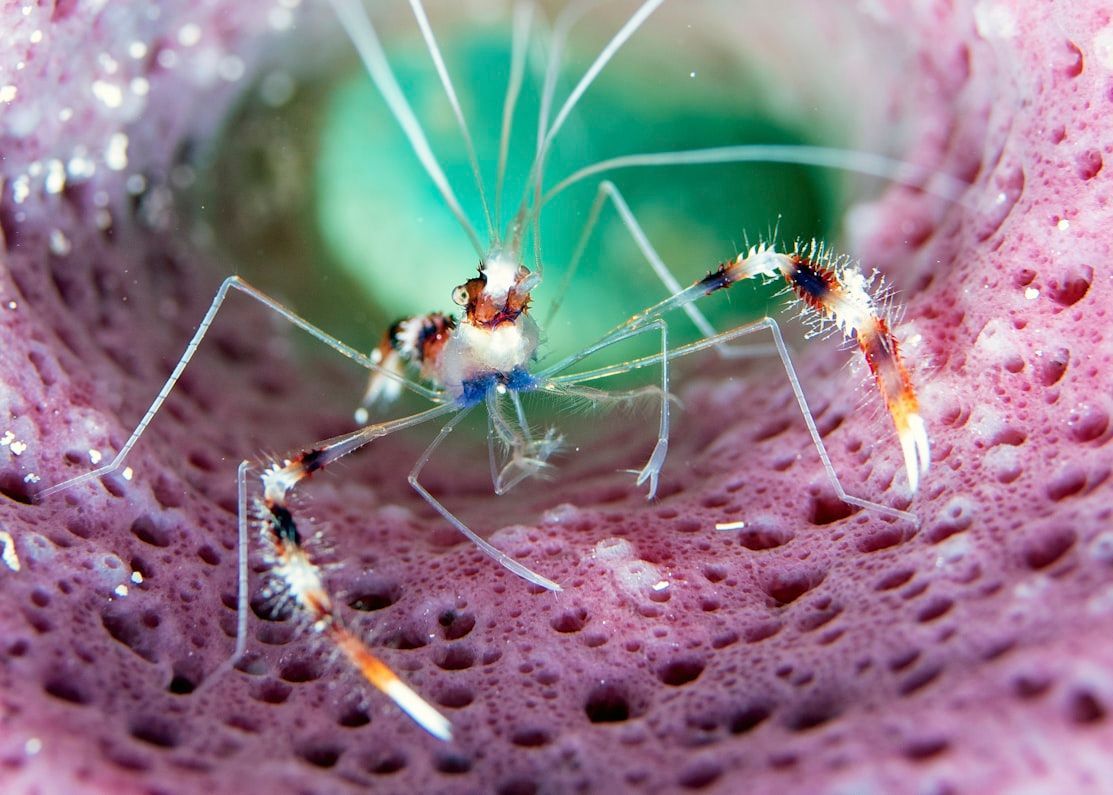 Credit: Tam Minton
Credit: Tam Minton
These hardworking little creatures congregate in coral reefs in what researchers call "cleaning stations." At these locations, larger aquatic wildlife, such as fish, sea turtles, and even sharks, line up for the cleaner shrimp's special service: it eats their parasites. Everyone leaves the cleaning station happy; the clients have their parasites removed, and the shrimp enjoys a hearty meal.
Farmer ant
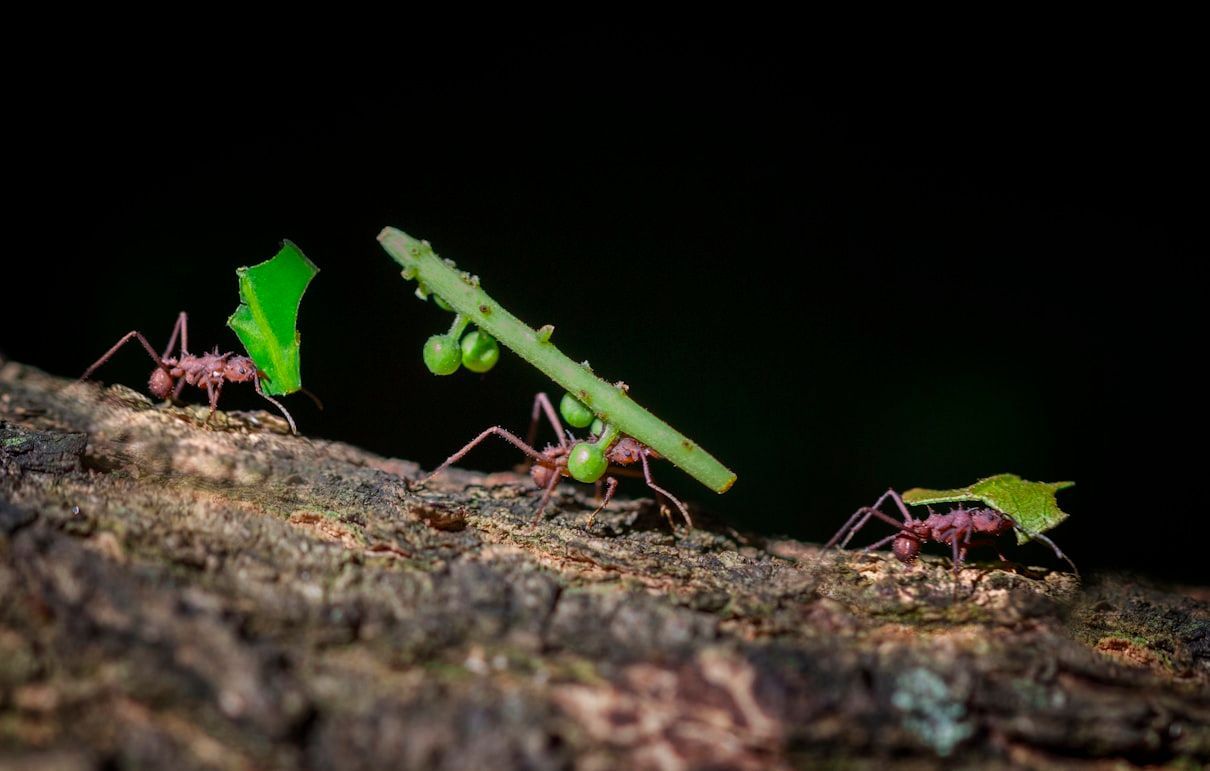 Credit: Jorge Coromina
Credit: Jorge Coromina
Long before we invented crop rotation, some species of leafcutting ants discovered that they could take their forage back to their nests and use it to grow fungi, on which they could later feed. Scientists believe that this agricultural behavior evolved in ants over 50 million years ago.
Miner bee
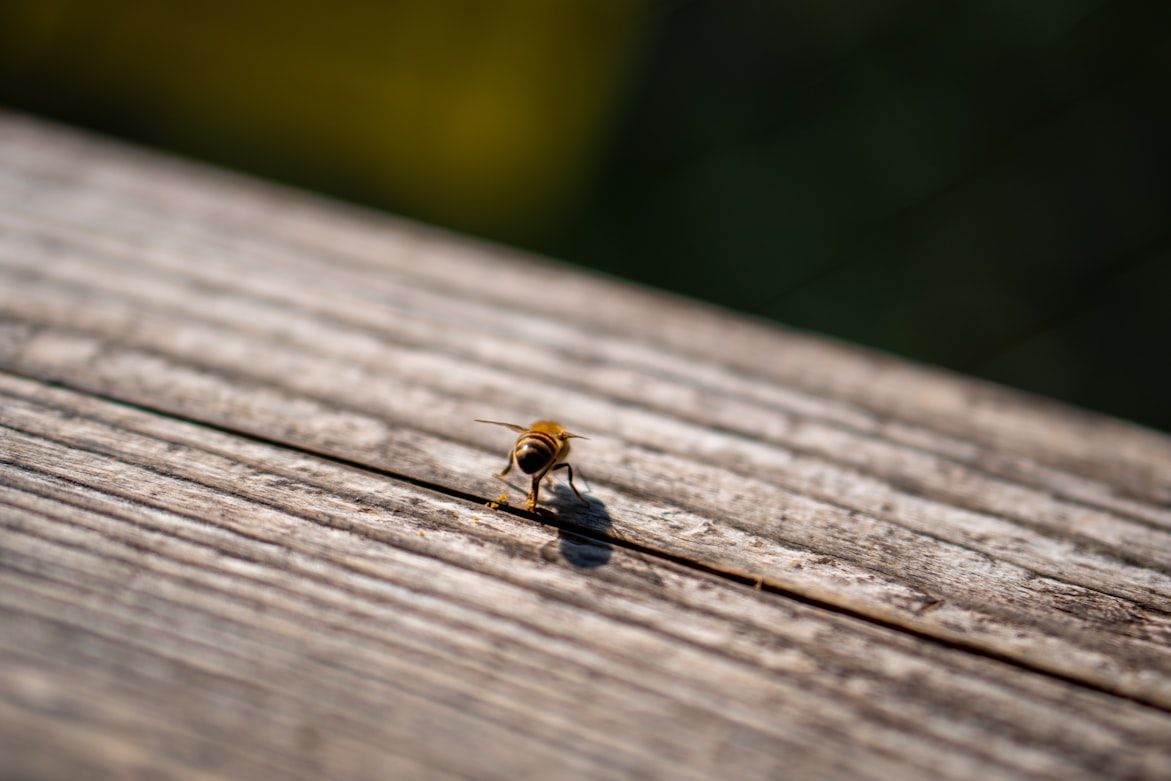 Credit: Michal Robak
Credit: Michal Robak
Unlike their more social cousins, the honey bees, miner bees lead solitary lives. The female bee builds a chimney-like structure in well-drained soils, which acts as an access to a single nest. Each bee tends to her nest alone and cares only for her own offspring. Their tunnels can stretch several feet, earning them their industrious miner reputation.
Tailorbird
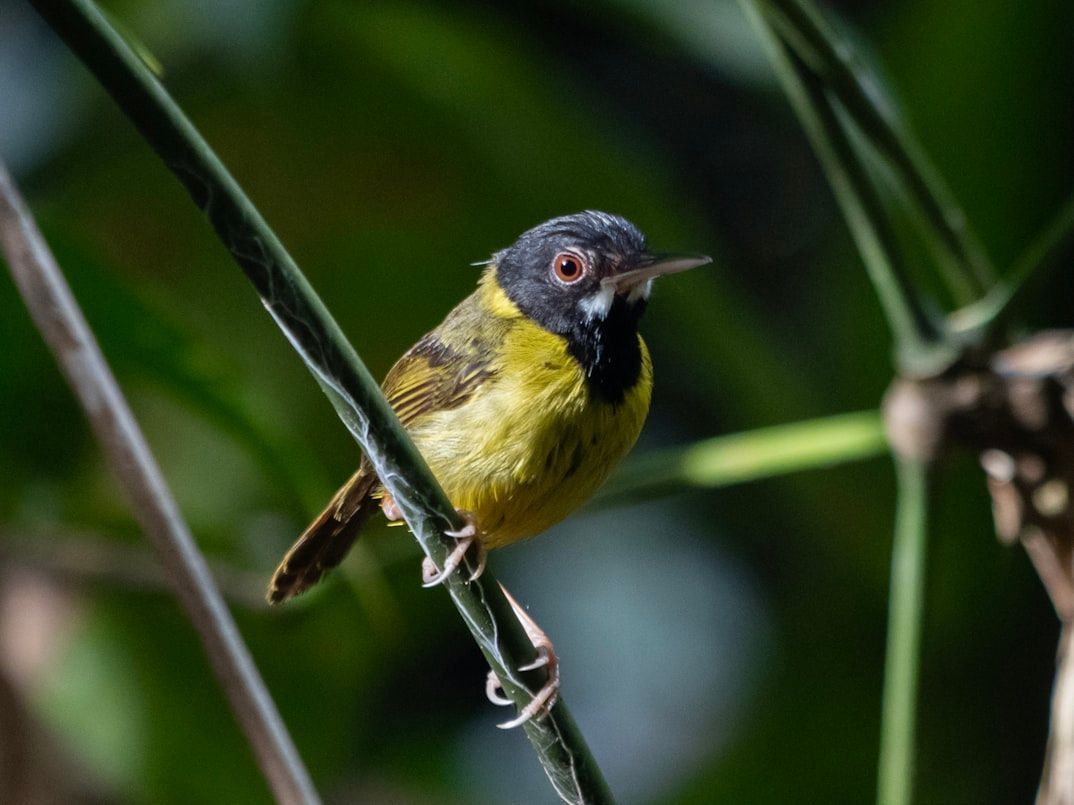 Credit: Hongbin
Credit: Hongbin
This tiny Asian songbird sews together leaves using plant fibers and spider silk to create a cradle for its nest, like something straight out of a children's tale. British colonists in India were so enchanted by its craftsmanship that they named it the "tailorbird."









